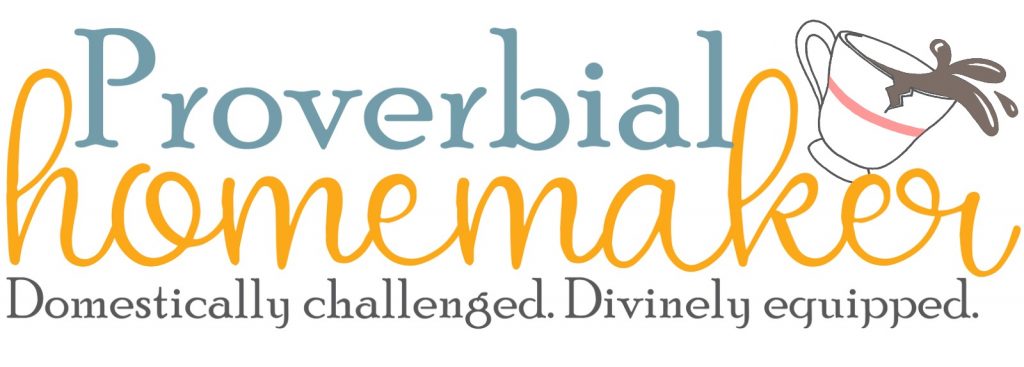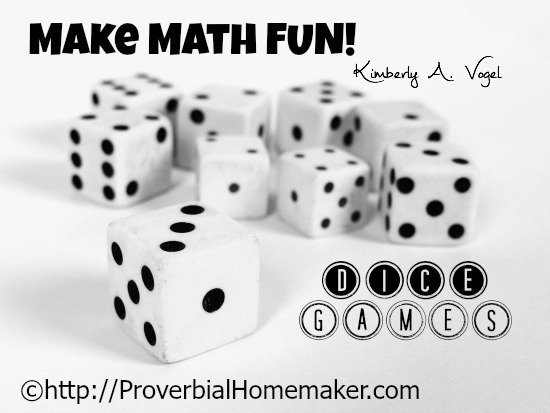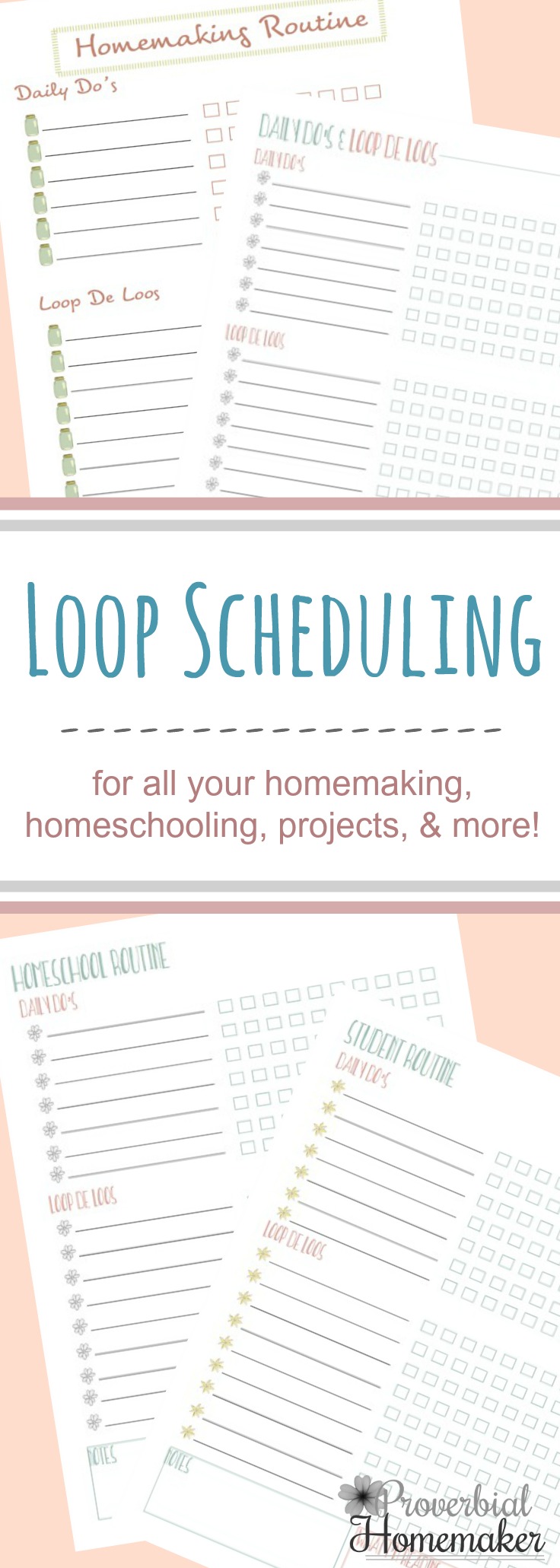Disclosure: *This post may include affiliate links. As an affiliate, I earn from qualifying purchases. Read the disclosures and terms for more information.
Many kids find math difficult, or at least they think they do. The first obstacle in overcoming math struggles is in the way we think about math. My favorite way to overcome the “I can’t do math” syndrome is to make math fun!
These games made a huge difference in our homeschool. I use these games with struggling learners as a way to build a strong foundation. Each game has a reason why it’s important to master that skill.
Number Pop
Roll one die and see who can pop up and say the number the fastest.
Add another die – see who can say each number the fastest.
Concept: one-to-one correspondence. Each dot on the die represents an amount. At first, the student will have to count the number of dots until they recognize the pattern. Once they’ve mastered the formation of the dots representing numbers, have them add the dice together.
The Most
Each person playing picks a number (1 – 6).
Make a graph for numbers 1 – 6
| 1 | 2 | 3 | 4 | 5 | 6 |
| x | x | x | x | x | |
| x | x | ||||
| x | |||||
Roll a handful of dice.
Graph the outcome.
Roll the dice again. Continue graphing.
If your number gets the most hits, you win!
Concept: Graphing
Greater Grab
Roll two dice. Whoever grabs the greater dice first wins.
Make it challenging by rolling two sets and adding them together.
Concept: Greater than or less than
Double Fun
Roll one die.
Double the number in your head.
Shout out the double of what’s on the dice.
Take turns. For a challenge, add another dice. Add the numbers together then double.
Concept: Doubling. Knowing the doubles of numbers helps form a solid base of addition and multiplication. It’s a starting place for memorizing addition facts.
Double Fun Plus One
The same as double fun, but add one. For example: if you roll a five, the double is 10, now add one! The answer is 11. You can also add dice to this game. (But not until mastery of numbers 1 – 6) Once that is mastered, turn it into doubles fun minus one.
Concept: Doubles plus one addition facts. Once you know you the double facts, the doubles plus ones doubles what you know!
Tens Partners
Roll at least 6 dice (keep it an even number). Find the partners of 10. You win if all dice makes a partner of 10. Or keep track of which partners you find. The first one to find all partners of 10 wins. Note: you will have to use a combination of dice 3+3+4 (6+4) or 3+3+3+1 (6+4). The concept is to be able to recognize the tens facts, so have them group the dice to make the different combinations.
Concept: Being able to recognize and/or memorize the partners of ten.
The concepts presented in these games build a strong foundation in math. Change the games for older students. Instead of add, multiply. Roll three dice and use it as a three digit number. Roll the same dice and come up with another three digit number. Add them together. (They have to remember the first number and do the math in their head. Tricky!)
The possibilities are endless. Remember, it’s a game so have fun!
Kimberly shares God’s love for children through her writing, and encourages moms through her blogwww.kimberlyavogel.com. Ribbons of Rainbows is Kimberly A. Vogel’s first children’s storybook, which will be published in Spring 2015 Reflective Life Ministries. She lives in Texas with her husband, Kevin, and four daughters. The whole family enjoys serving God as leaders in the children’s ministry at church. When she’s not homeschooling her girls, or teaching creative writing, you can find her spinning words into stories or twisting yarn or wire into crafty creations.








 by Stephanie, The Multi Taskin' Mom
by Stephanie, The Multi Taskin' Mom